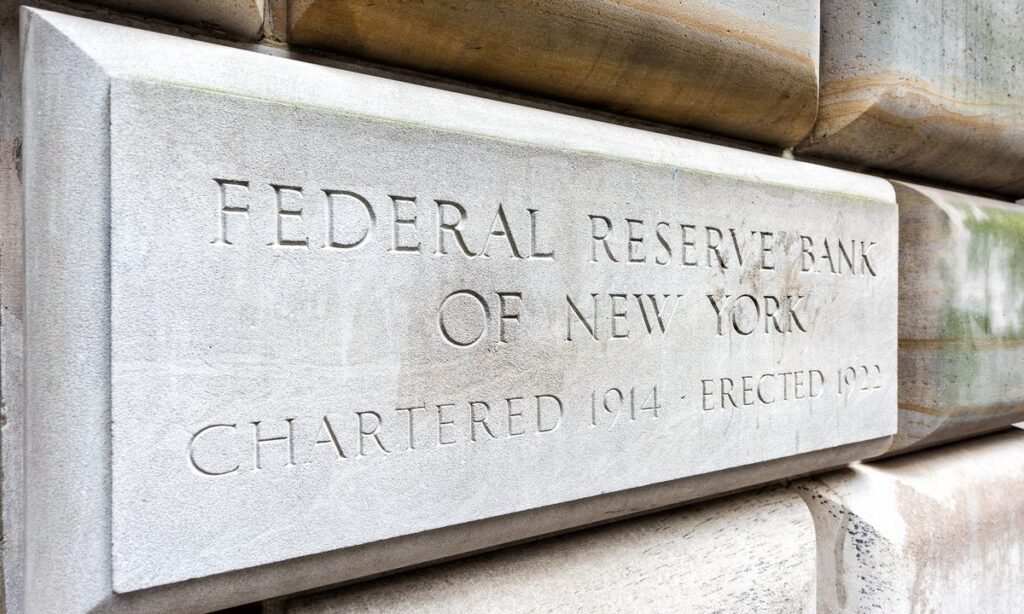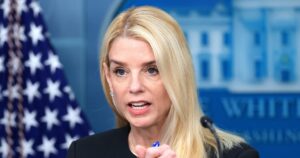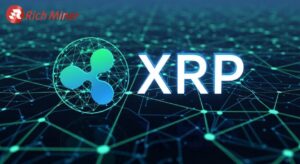
In a recent survey conducted by the Federal Reserve, inflation expectations have shown signs of easing, yet consumer spending continues to outpace income growth. The survey, which was completed before the latest tariffs imposed by the United States, highlights a complex economic landscape where optimism may be short-lived.
The Trump administration announced in a series of letters that new tariff rates are set to take effect at the beginning of next month. This development could further complicate economic forecasts and consumer sentiment.
Inflation and Economic Outlook
The Federal Reserve’s June survey revealed that short-term inflation expectations have slightly eased, with the one-year-ahead forecast falling to 3%. This aligns with levels recorded during the latter half of 2024. Meanwhile, medium- and long-term projections remain stable at 3% and 2.6%, respectively.
However, the survey also indicated rising price expectations for various commodities. Notably, gas prices are expected to increase by 4.2% over the next year, marking the highest point in a year. Expectations for medical care and college education costs have also surged by more than 20% compared to May, reaching levels not seen since 2023.
“Gas price expectations increased to a 4.2% gain, marking the highest point in a year.”
Girding for More Expensive Staples
Consumers appear to be bracing for higher costs on essential items. The median price change expectations for rent rose in June to 9.1%, while food price expectations remained steady at 5.5%, still elevated from the previous year’s 4% expectation.
Despite these rising costs, labor market indicators showed signs of improving sentiment. The perceived probability of job loss dropped to 14%, the lowest since December, and unemployment expectations decreased to 39.7% from recent peaks of 44%.
The Income and Spending Gap
While spending expectations have tempered, income growth is not keeping pace with inflation. Expected earnings growth edged down to 2.5%, continuing a trend of stagnation observed since 2021. One-year-ahead income growth expectations fell to 2.45%, below the 12-month trailing average of 2.8%, marking the lowest since December 2023.
Households are expected to increase spending by 4.8%, potentially relying more on credit. The survey noted an improvement in credit access perceptions, with fewer households reporting difficulties in obtaining credit compared to a year ago.
“Perceptions of credit access compared to a year ago showed a smaller share of households reporting it is harder to get credit.”
Implications and Future Considerations
The Federal Reserve’s findings come at a critical time as global economic conditions remain uncertain. The impending tariffs could exacerbate inflationary pressures, challenging the Federal Open Market Committee’s efforts to maintain economic stability.
Experts suggest that the Fed may need to adjust its monetary policy strategies to address these evolving challenges. Continued monitoring of consumer sentiment and spending behavior will be essential in shaping future economic policies.
As the situation unfolds, households and businesses alike will need to navigate these economic headwinds, balancing spending with income growth and adapting to potential changes in credit availability.






